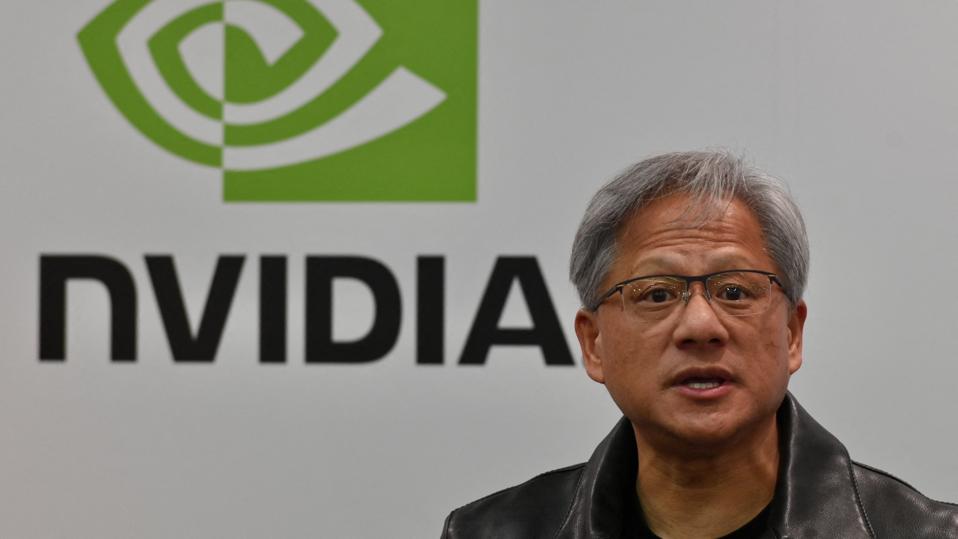Ethereum developers and users are gearing up for the first major upgrade following the Merge, which marked the blockchain’s transition to near-carbon neutrality. Expected to occur next month, the revision, dubbed Shanghai, has major implications for ether (ETH), the blockchain’s native token and the second-largest cryptocurrency by market value.

The Merge changed Ethereum’sETH transaction processing mechanics, enabling a move away from computers that took a lot of energy to run to a proof-of-stake model, under which validators—users responsible for verifying transactions on a blockchain—pledge, or stake, cryptocurrency as collateral for a chance to win the right to add the next block of transactions to the ledger and accrue interest on the staked assets as a reward.
Staking is “the act of depositing 32 ETH to activate validator software,” according to the Ethereum Foundation’s ethereum.org website. But crypto exchanges like Coinbase and special platforms such as Lido enable ether holders to participate in staking and earn rewards without meeting the 32 ETH minimum. The platforms can issue liquid-staking derivatives, or tokens that represent users’ staked ether. The derivative tokens can be transferred or used in other decentralized finance applications while the staked ether they represent remains locked up and earning interest
Though the Merge occurred in 2022, Ethereum users began staking ether as far back as December 2020 to access the validator software with the knowledge that the staked assets and any accrued rewards would remain locked up until a subsequent update to the blockchain.
According to data provider Staking Rewards, about 14% of all ether tokens are currently staked, accounting for roughly US$29 billion in market value. The Shanghai upgrade will enable validators to finally withdraw these assets, should they choose to do so.
Given that the assets have been locked up for a lengthy period and the dangling uncertainty in crypto markets, there are concerns that many validators will withdraw and sell their staked ether, which could put pressure on the token’s value.
Lido Seen As Top Withdrawal Source
At least 75% of staked ether on Ethereum is controlled by an intermediary, such as an exchange, like Coinbase or Kraken, or a special platform, like Lido or Rocketpool, according to Galaxy Digital, which means that the vast majority of stakers will not be able to directly initiate their own withdrawals.
Most withdrawals are expected to come from Lido, Ethereum’s largest staking platform, which allows users to stake any amount of ether instead of the 32 ETH threshold.
“The queue process and Lido’s significant withdrawal share will drastically slow down any sales pressure during the withdrawal process,” said Allan Wojnowski, head of research at Staking Rewards, in a written comment to Forbes. He pointed out that early stakers are unlikely to be looking for an exit, given the confidence required to stake ether before withdrawal functionality even existed, and that despite narratives predicting massive withdrawals, an average of 20,800 ether tokens continues to be staked every day.
He asserted that the upgrade will likely encourage more ether holders to stake their assets and that the annual reward rate, currently 4.33% for those who are running validator nodes, is likely to decline as a result. “Withdrawal enablement will derisk ether staking and improve overall liquidity. We suspect staked ether to increase after withdrawals are fully functional dramatically,” Wojnowski writes. “These developments will make ether more desirable rather than induce sale pressure.”
Matt Hougan, chief investment officer at crypto index fund manager Bitwise Asset Management, agrees: “Today, many investors who would like to stake ETH and earn yield are sitting on the sidelines. After all, most investment strategies can’t tolerate an indefinite lock-up. So, most investors stay out of the market. But once that indefinite lock-up is removed, the percentage of investors willing to stake their ETH will explode.” His team expects the total amount of staked ether to rise by at least 50% by year’s end.
Staking intermediaries could reap significant gains. For one, JPMorgan estimates that 95% of retail investors on Coinbase could participate in staking Ethereum after the Shanghai upgrade, which could yield the exchange US$225 million to US$545 million in annual revenue at current prices.
Shanghai Upgrade’s Next Steps
An Ethererum test network (testnet) called Zhejiang–after a Chinese province immediately south of Shanghai–successfully simulated withdrawals on Tuesday, according to Barnabas Busa, development operations engineer at the Ethereum foundation.
Developers will pick an activation date to release the upgrade on the Sepolia testnet on Thursday, February 9, according to Ethereum developers’ February 2 call. After Sepolia, the upgrade will be released on the Goerli test network and assuming these activations go smoothly, the upgrade will be activated on the main blockchain around mid-March,
According to Ethereum.org, the next multi-phase upgrade, Sharding, will give the blockchain more capacity to store and access data and lower transaction fees for services running on top of Ethereum. The process is expected to launch sometime later this year.
This story was first published on forbes.com


